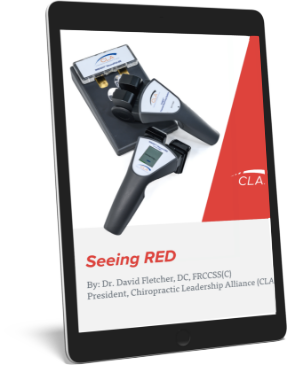By Dr. Christopher Kent
Ask a person to define placebo, and most will say “a dummy or sugar pill.” Placebos are often used in research studies to compare results with a “real” drug. Yet research has shown that there is far more to the placebo than a tool to “fool” patients into believing they are receiving an effective treatment. An understanding of the placebo effect goes to the very heart of understanding our selfhealing capabilities.
The American Heritage Dictionary of the English Language [1] defines the placebo effect as “The beneficial effect in a patient following a particular treatment that arises from the patient’s expectations concerning the treatment rather than from the treatment itself.”
Authors at the Mayo Clinic [2] have described some important aspects of the placebo effect, suggesting that it is a means of harnessing your mind’s power to heal:
- A person with positive expectations may experience the placebo effect more than someone with lower expectations.
- A person whose doctor is supportive and positive may experience more benefit from a placebo than someone who doesn’t have that relationship.
Other researchers [3] have noted that “The study of the placebo effect, at its core, is the study of how the context of beliefs and values shape brain processes related to perception and emotion and, ultimately, mental and physical health.” The placebo effect is not “imagined” or “phony.” It has been shown that placebos actually affect the function of the brain in ways very similar to “active” treatments. [4]
Some studies that demonstrate the power of the placebo effect have shown:
- Approximately 80% of the response to antidepressant medication was duplicated in placebo control groups. [5]
- Patients with mild to moderate elevated blood pressure had a placebo response rate similar to that achieved with medication. [6,7]
- Significant placebo effects have been observed in the fields of pain and analgesia, immune system function, and motor disorders. [3]
Science has learned that, “Expectation releases substances, molecules, in your brain, that ultimately change your experience…The mind, it seems, may play a critical role in treating diseases. And its services come free of charge, with no copayment or deductible. Getting a person to boost their own machinery to improve health that’s something that medicine needs to know.” [4]
Doctors and other practitioners who express empathy, connect with the emotional needs of their patients, and communicate positive intent on a conscious and subconscious level are master healers. They understand that the real healer is the bodymind itself, and have developed the ability to release that potential in their patients.
References
1. “The American Heritage Dictionary of the English Language,” Fourth Edition , (2004). Published by Houghton Mifflin Company.
2. Placebo effect: harnessing your mind’s power to heal. Science Daily. 12/31/03.
3. Benedetti F, Mayberg HS, Wager TD, et al: “Neurobiological mechanisms of the placebo effect.” The Journal of Neuroscience 2005;25(45):10390.
4. Guterman L: “Duping the brain into healing the body.” The Chronicle of Higher Education. December 3, 2003.
5. Kirsch I, Moore TJ, Scoboria A, Nkicholls SS: “The emperors new drugs: an analysis of antidepressant medication data submitted to the U.S. Food and Drug Administration.” Prevention & Treatment 2002;5(1)23 [Article A].
6. Preston RA, Materson BJ, Reda DJ, Williams DW: “Placeboassociated blood pressure response and adverse effects in the treatment of hypertension: observations from a Department of Veterans Affairs Cooperative Study.” Archives of Internal Medicine 2000;160(10):1449.
7. http://www.mercola.com/2000/jun/10/placebo_bp.htm

























































































































































